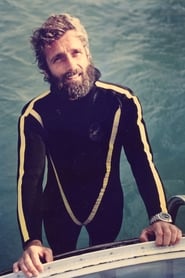Philippe Cousteau
Director
Philippe Pierre Cousteau (30 December 1940 – 28 June 1979) was a French diver, sailor, pilot, photographer, author, director and cinematographer specializing in environmental issues, with a background in oceanography. He was the second son of Jacques Cousteau and Simone Melchior. Cousteau was proficient filming from the air, on land and underwater. He was the lead cinematographer for most of the Cousteau films during his lifetime; he was nominated for and won several awards. Born in Toulon, Philippe Cousteau first dived with an aqua-lung in 1945 when he was 4 years old. His father brought home a miniature version of...
Born: December 30, 1940 in Toulon, Var, France
Died: June 28, 1979 (Age 38)
Streaming Sources for all Philippe Cousteau Movies & TV Shows

